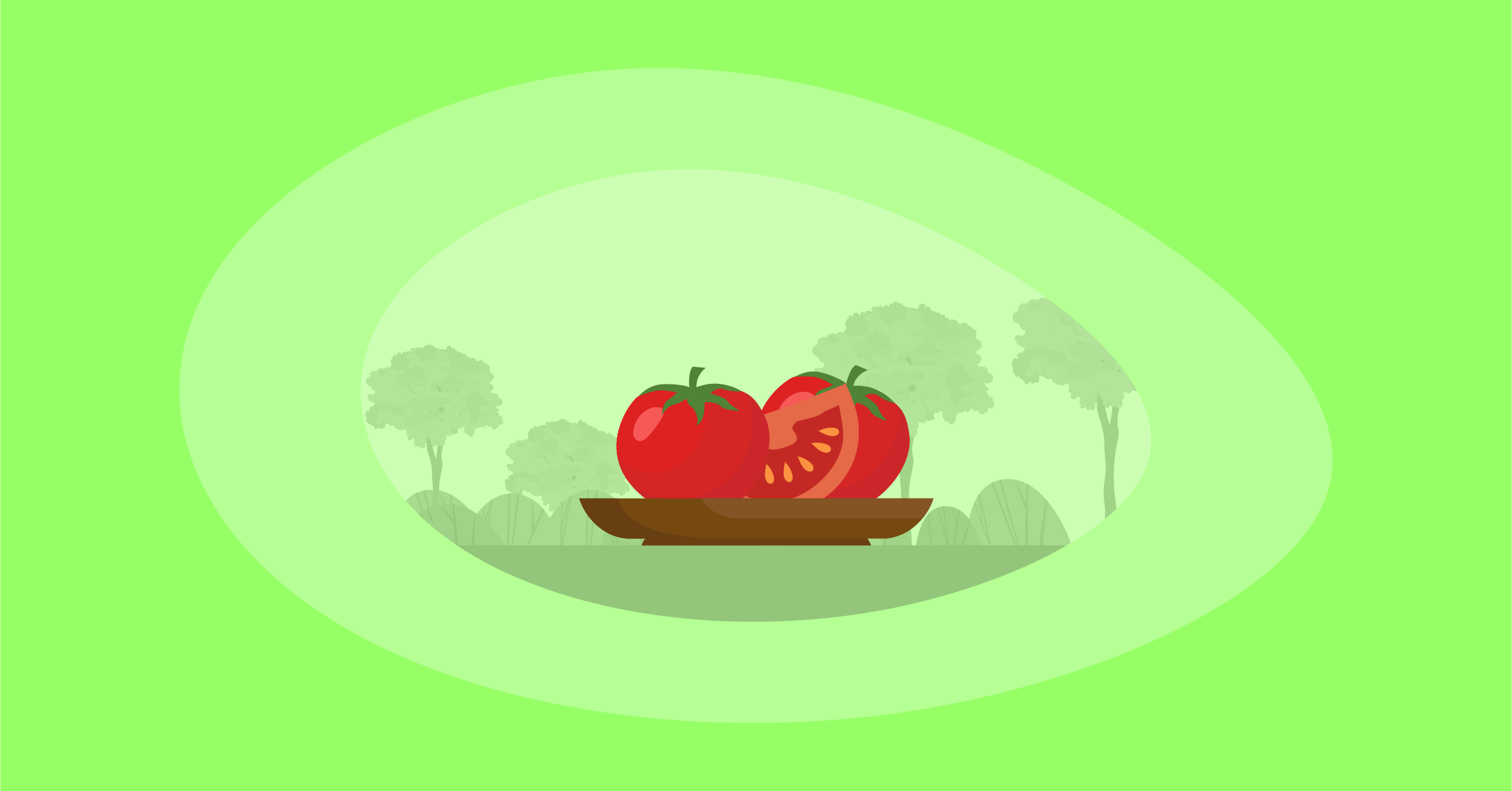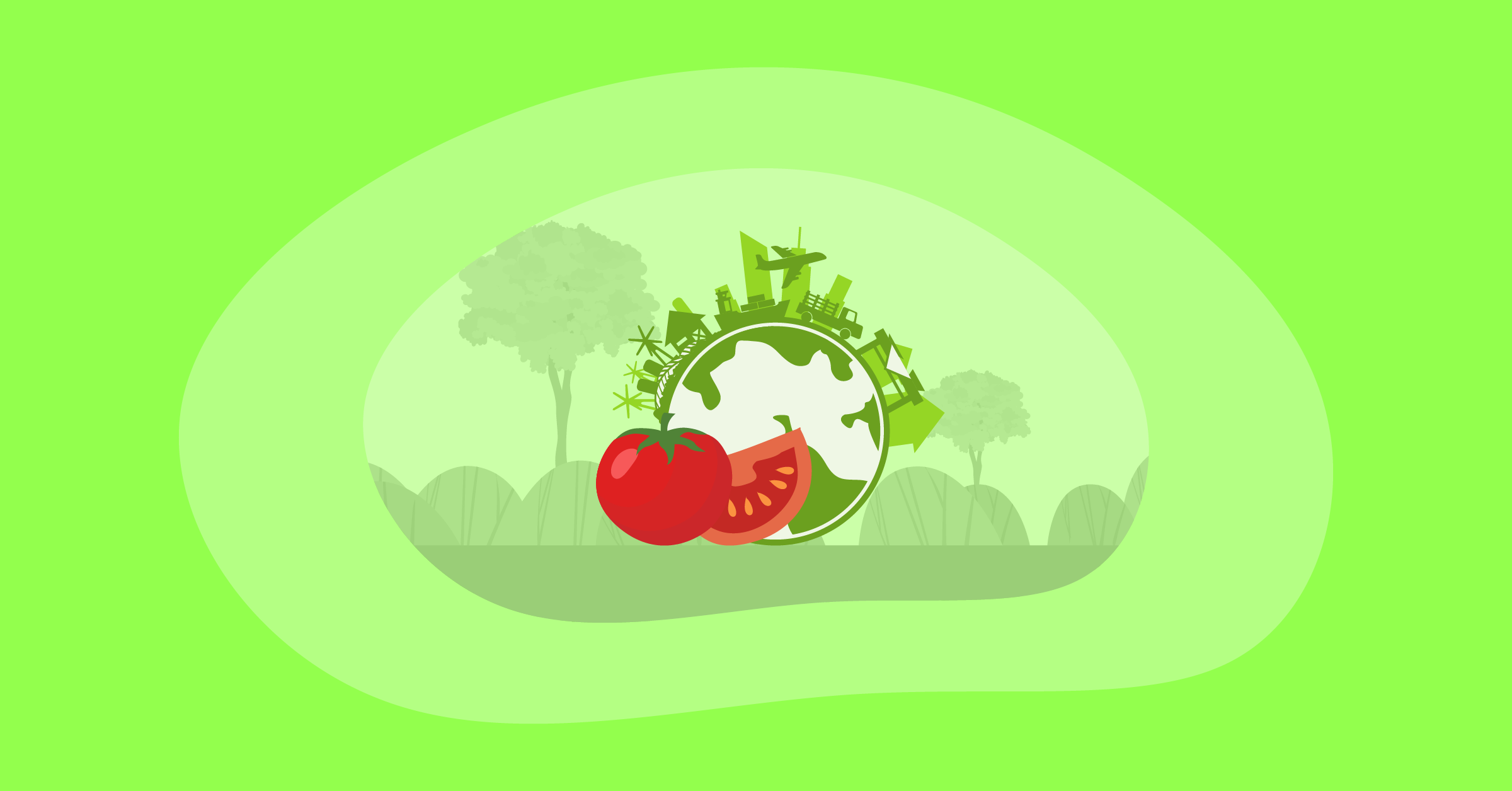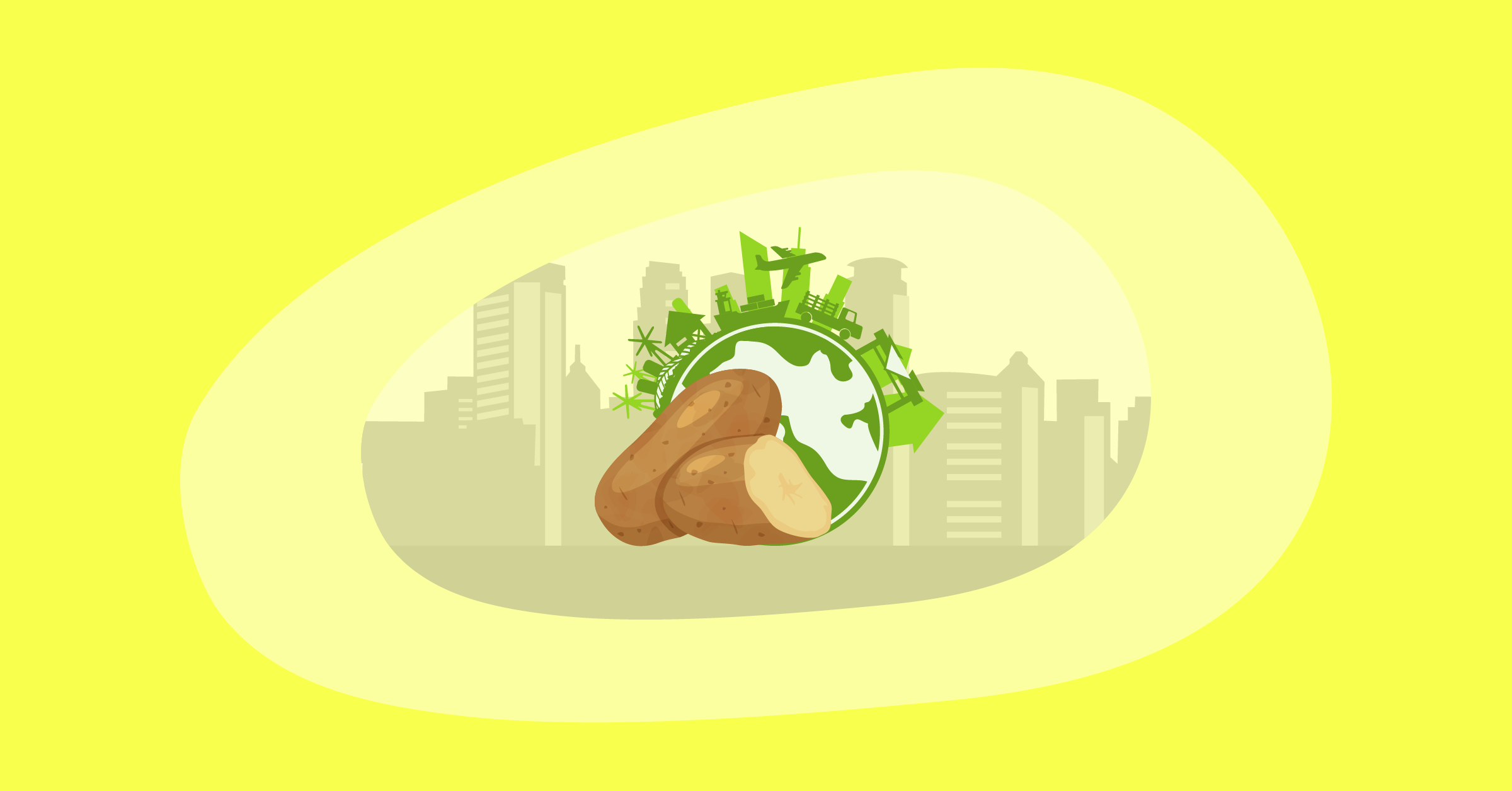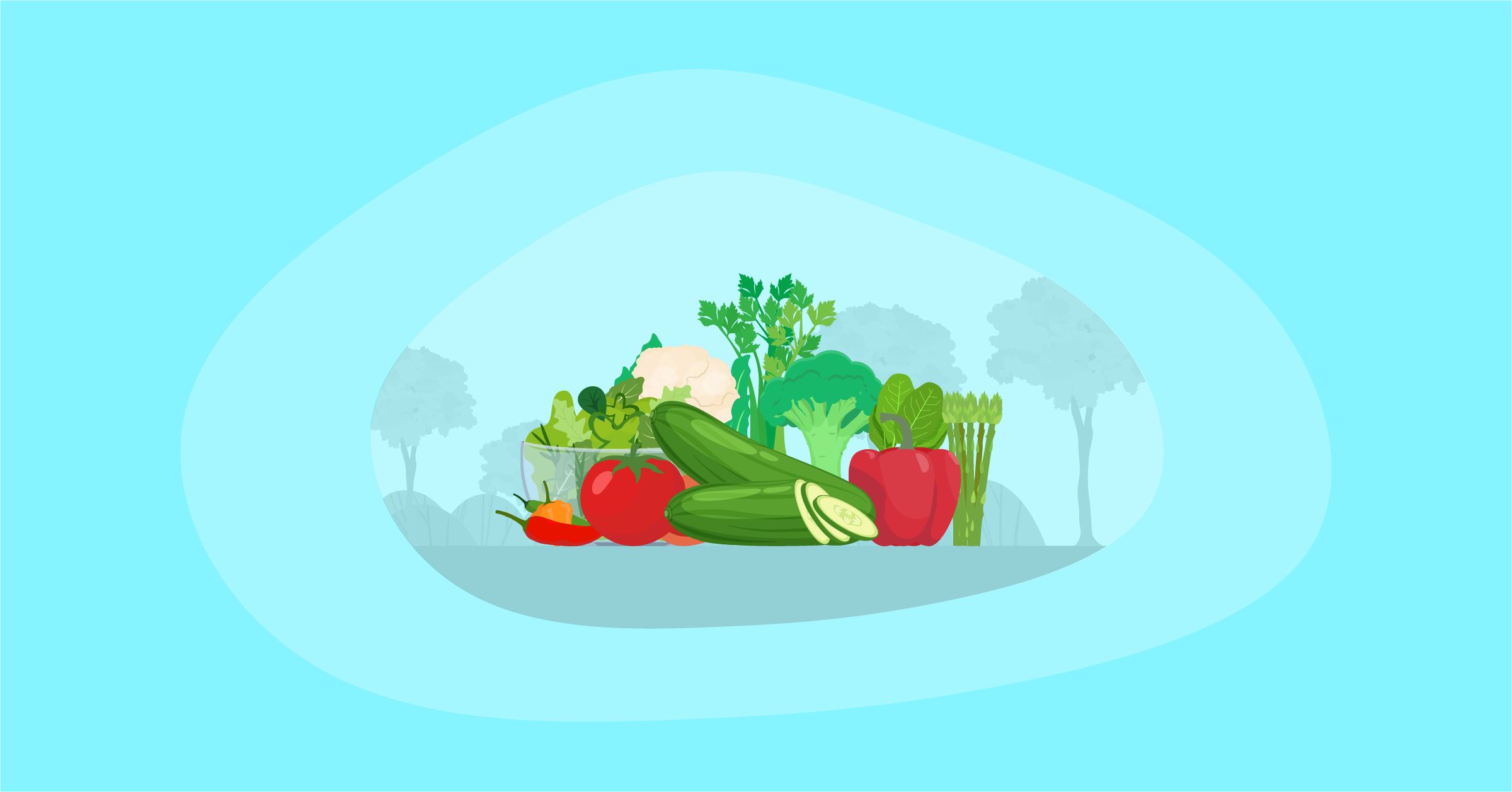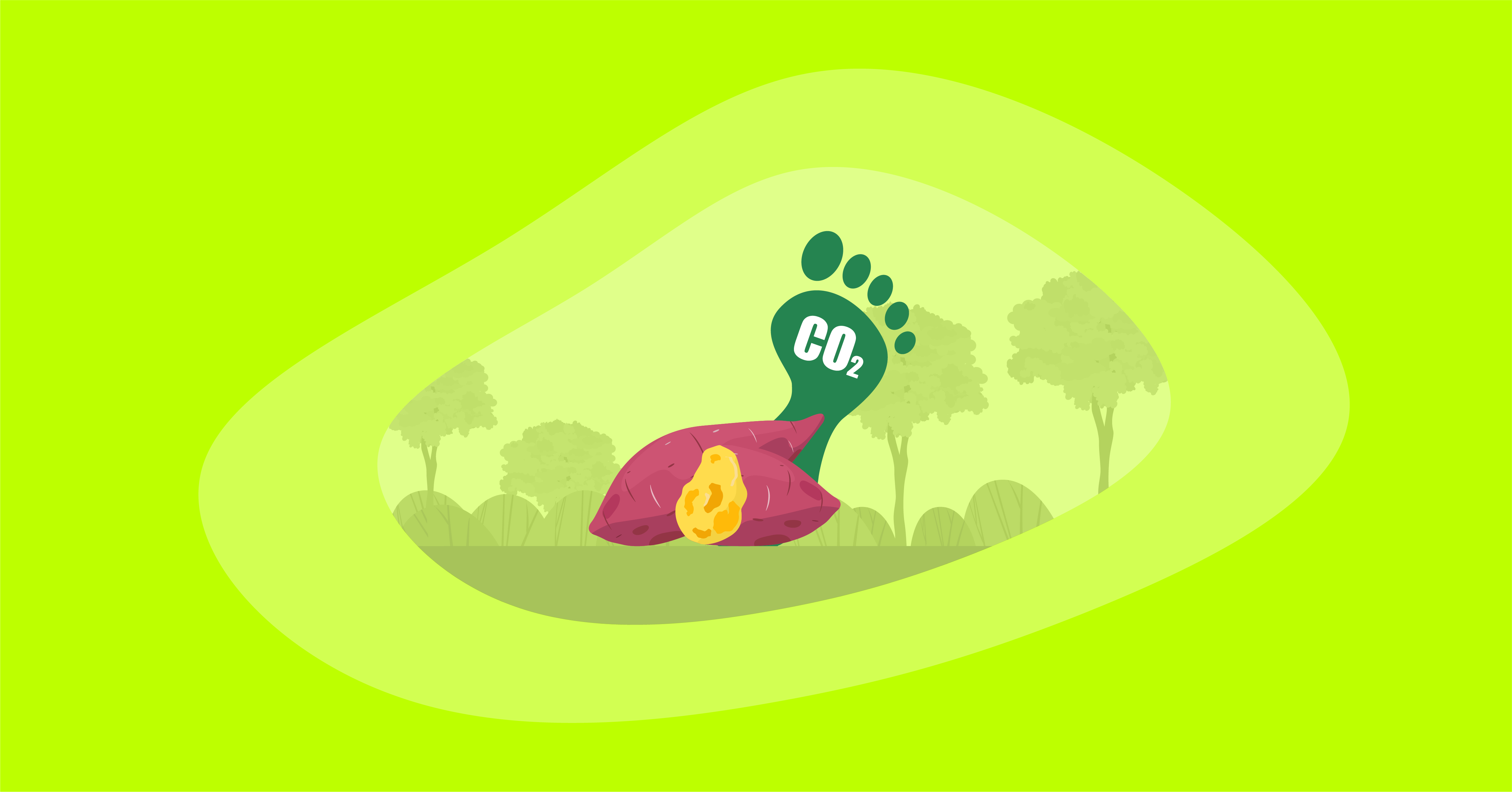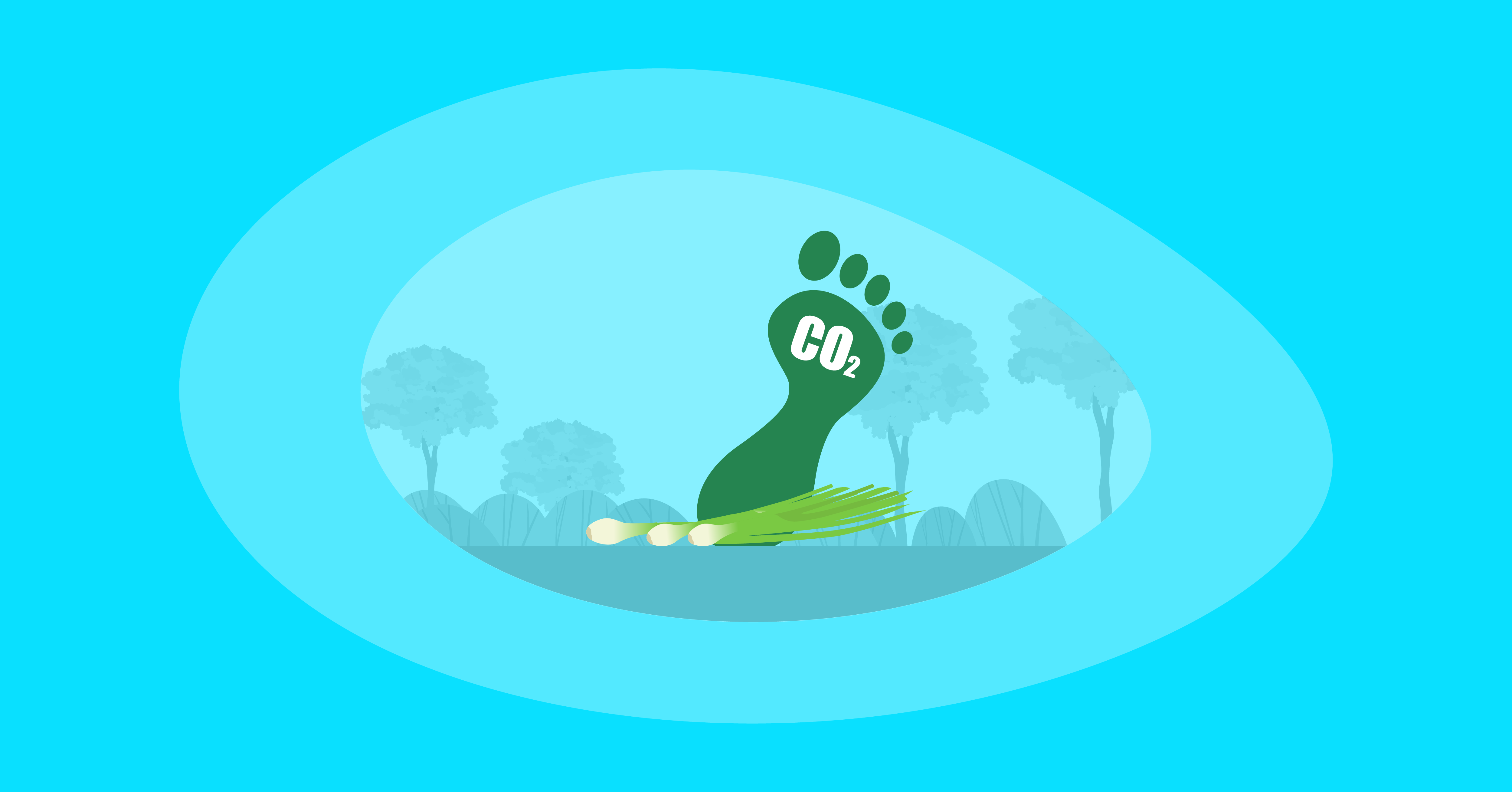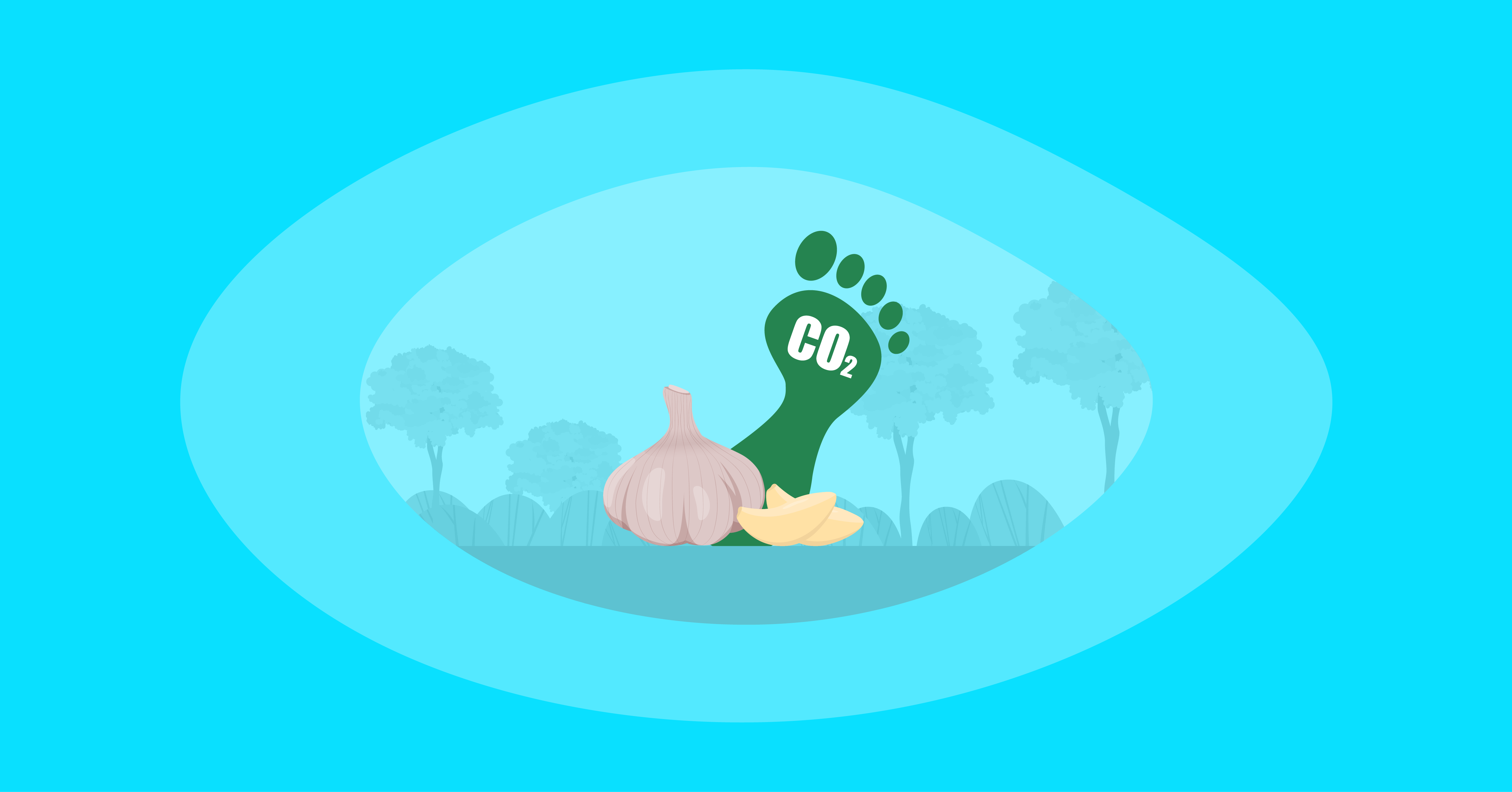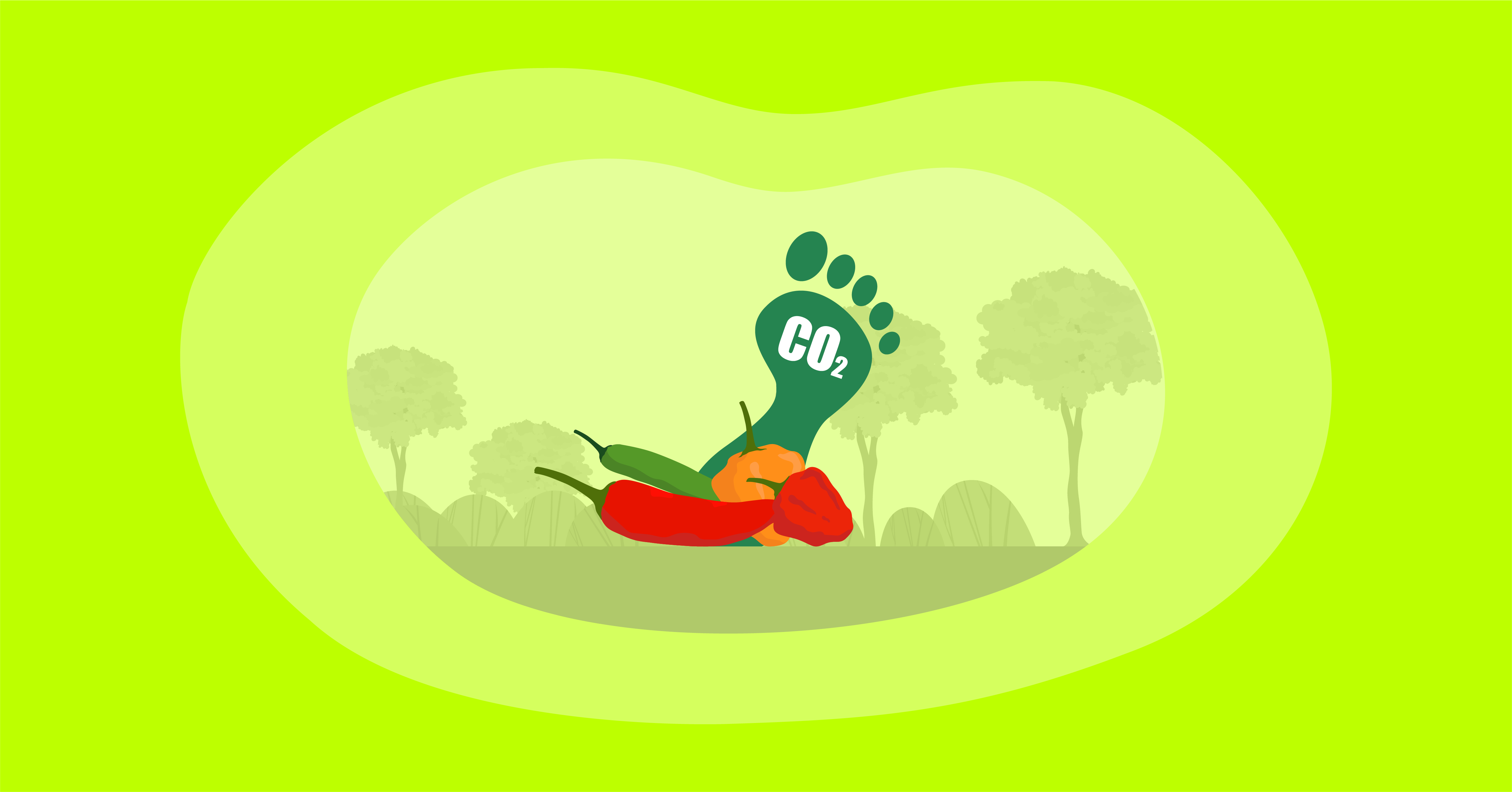Is Eating Potatoes Ethical & Sustainable? Here Are the Facts
Potatoes are one of the most versatile vegetables because they can be prepared in many ways from roasted and fried to boiled or mashed. Americans, on average, eat a potato every day, making them the second most consumed food in the US. Potatoes were even the first vegetable to be grown in space! Since potatoes are so widely consumed, it is important to know the impact that they have on the planet and the people on it. So we had to ask: How ethical and sustainable is eating potatoes?

